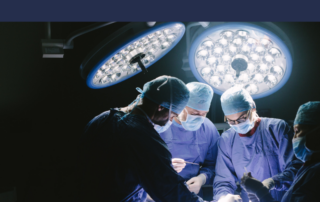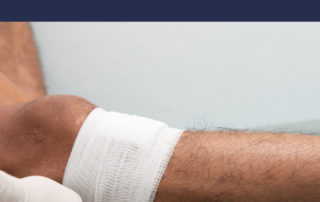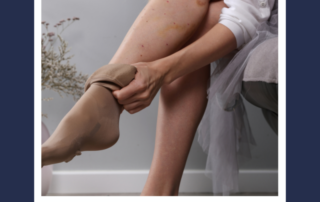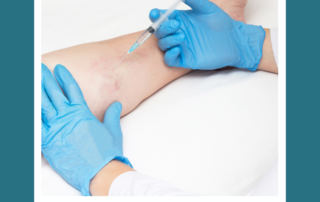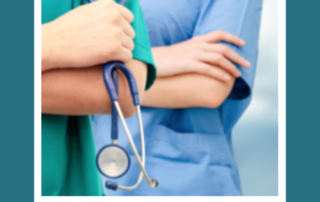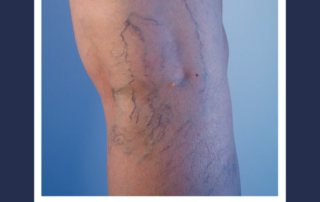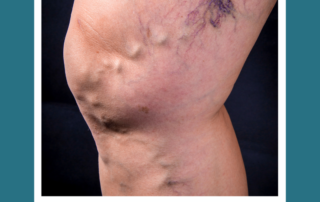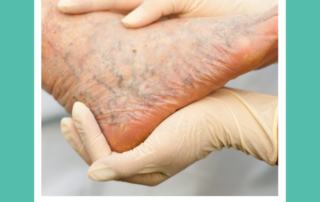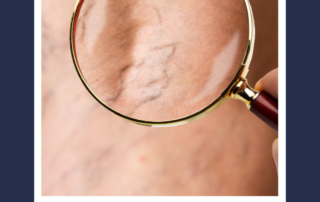What is Uterine Fibroid Embolization (UFE)?
What is Uterine Fibroid Embolization (UFE)?
With modern medication and care, conditions like fibroid tumors have become more treatable and easier to manage. Uterine Fibroid Embolization (UFE), for instance, is a fairly straightforward procedure used in the treatment of fibroid tumors in the uterus.
Sometimes referred to as uterine artery embolization (UAE), the […]

